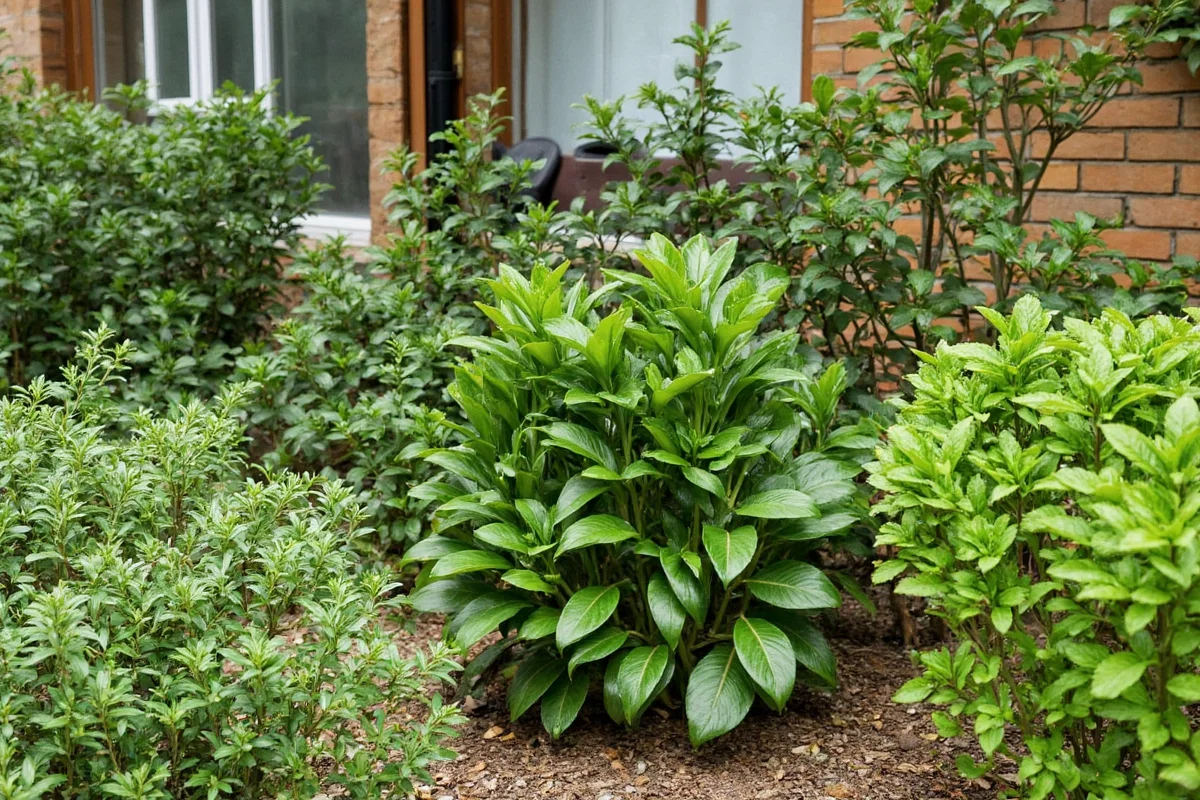Lithops, commonly known as living stone plants, are a fascinating genus that mimic the appearance of small stones on the desert floor. Originating from southern Africa, these unique succulents have become a popular choice for gardeners and plant enthusiasts due to their distinctive appearance and minimal care requirements. In this article, we will provide a comprehensive guide on caring for lithops, focusing on essential aspects such as light, soil, water, temperature, and general care tips for growing healthy and thriving plants.
The Importance of Light
Lithops require plenty of sunlight to thrive, as they are adapted to the bright conditions found in their native desert habitat. Proper lighting is crucial to maintain their health and ensure proper growth. It is important to know how sun exposure impacts your living stone plants:
- Optimal Sunlight: Lithops need approximately 4-5 hours of direct sunlight daily. This can be achieved through an east or west-facing window indoors. If outdoors, ensure they have ample exposure without overextending into the harshest afternoon rays.
- Avoid Extremes: While they need sunlight, avoid harsh midday sun as it can scorch the leaves. Likewise, insufficient light can lead to elongated leaves in search of light, a condition known as etiolation.
- Seasonal Adjustments: During winter, make sure they still receive enough light, though you might consider cutting back slightly to imitate their natural dormancy period.
Adapting the lighting environment carefully helps lithops maintain their unique stone-like appearance and avoid unnecessary stress.
The Importance of Soil
Choosing the right soil mixture for lithops is crucial due to their desert origin, requiring excellent drainage and low organic matter. Here’s how to create the perfect soil environment:
- Well-Draining Mixtures: Combine cactus potting soil with gritty elements like sand, perlite, or pumice. A typical mix might involve equal parts cactus soil and pumice.
- Avoidance of Rich Soil: Do not use rich, peat-based organic soils, as they retain moisture which can lead to root rot. Lithops prefer minimal nutrients and quick-drying environments.
- Top Dressing: Add a layer of small stones or gravel atop the soil to mimic natural surroundings and prevent moisture retention at the base of leaves.
By using a suitable soil mix, you will prevent overly moist conditions, which are detrimental to lithops health, and ensure they mimic the arid earth they’re accustomed to.
Watering Guide
While lithops are succulents, their watering needs are particular due to their unique adaptation to arid conditions. Follow these guidelines to adequately water your lithops:
- Infrequent Watering: Lithops only need watering during their active growth periods, typically spring and early autumn. Provide water approximately once a month during these times.
- Dry Dormancy: During summer and winter dormancy, reduce watering considerably. Lithops are designed to survive extended drought periods.
- Signs of Thirst: A wrinkling of the leaf surface may indicate it’s time to water. However, be cautious not to overwater, as their roots can rot easily.
Understanding lithops’ watering needs is critical, as overwatering is the most common mistake made by growers, leading to mushy plants and eventual death.
Temperature and Humidity
Lithops are adapted to extreme temperature variations and low humidity levels. Here's how to manage temperature and humidity for optimal lithops health:
- Temperature Range: Lithops thrive in temperatures between 20-30°C (68-86°F). They can tolerate cooler temperatures down to 10°C (50°F) but are sensitive to frost.
- Humidity: These plants need low humidity environments. Ensure their surroundings mimic desert conditions, especially in overly humid regions.
- Ventilation: Proper air circulation is vital to prevent fungal diseases associated with stagnant air and excessive moisture.
Maintaining a proper environment conducive to their natural habitat ensures lithops will thrive and minimize stress factors.
General Care Tips and Troubleshooting
Successful growing of lithops involves understanding their unique patterns and potential issues. Implement these general care tips to promote healthy growth:
- Problem Identification: Watch for signs of distress such as mushiness, color change, or absence of growth. Investigate potential issues with watering or lighting.
- Repotting Cautions: Lithops rarely need repotting given their size and growth rate. If required, handle gently to avoid root damage, maximizing drainages with fresh soil.
- Natural Growth Cycles: Understand lithops undergo a split and renewal of leaves process; this is normal and should not be confused with ill health.
Knowing these tips can preempt common pitfalls and ensure lithops grow healthily in their setting.
In conclusion, lithops are an extraordinary addition to plant collections, requiring relatively little care if their natural conditions are closely replicated. By understanding and applying key aspects like light, soil, and water properly, both beginners and experienced gardeners can enjoy cultivating these living stone plants, adding a unique touch to their indoor or outdoor gardens. With patience and keen observation, the reward of seeing these plants' unique life cycle unfold is well worth the effort.











 浙公网安备
33010002000092号
浙公网安备
33010002000092号 浙B2-20120091-4
浙B2-20120091-4